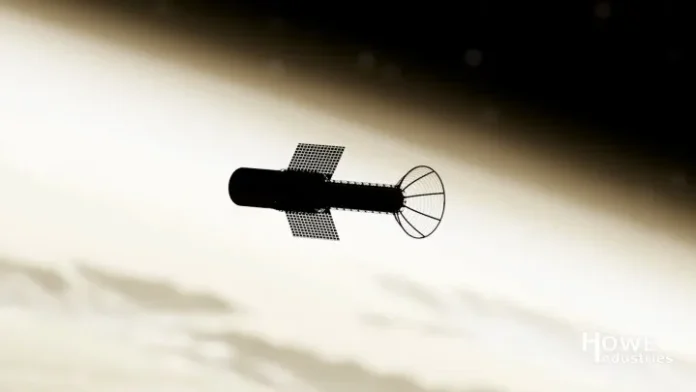Current propulsion systems take about 9 months to reach Mars. However, NASA is working on a propulsion system that uses nuclear power to create plasma bursts.
For a civilization to travel to distant lands in space, it needs to efficiently and rapidly move both cargo and humans. Due to the vast distances involved in space travel, spacecraft must achieve high speeds for reasonable mission transit times. Naturally, this requires a propulsion system that produces high thrust. Currently, such technology is not available, but NASA is investing in a potentially groundbreaking plasma rocket.
Mars Could Be Reached in 2 Months with Plasma Rockets NASA’s Innovative Advanced Concepts (NIAC) program recently selected a series of promising projects. One of the selected projects is a plasma rocket. The potentially groundbreaking propulsion system is being developed by Howe Industries. The propulsion system, called the Pulsed Plasma Rocket (PPR), is said to be capable of producing a specific impulse (Isp) of 5,000 seconds and generating up to 22,481 pounds (100,000 Newtons) of force. The company is already working on this system.
According to the company, the pulsed plasma rocket will use nuclear fission (the splitting of atoms to release energy) to produce plasma bursts for achieving high speeds in a shorter amount of time. This propulsion system is derived from the Pulsed Fission Fusion (PuFF) concept but has been scaled down to be smaller, simpler, and more economical. PuFF relied on a device called z-Pinch, which compresses laboratory plasmas at high pressures on very short time scales and is commonly used to generate thrust.
The exceptional performance of the PPR, which combines high Isp and high thrust, could revolutionize space exploration. Its high efficiency is said to enable human missions to Mars to be completed in just 2 months, compared to around 9 months with current propulsion systems. Furthermore, spacecraft equipped with this propulsion system allow for heavier spacecraft shielded against cosmic rays, allowing crew protection from cosmic rays during Mars or longer journeys. The system is also said to be usable for other distant-range missions, such as those in the Asteroid Belt or even at the 550 AU (Astronomical Unit) position where the Sun’s gravitational lens focuses. 550 AU is equivalent to 82.3 billion kilometers. For comparison, Voyager 1 is 24.3 billion kilometers away.
NASA’s NIAC Phase I study focused on developing a large, heavily shielded ship to transport humans and cargo to a Mars base. Key areas included evaluating the system’s neutronics, designing the spacecraft, power system, and required subsystems, analyzing magnetic nozzle capabilities, and determining the PPR’s orbits and benefits. Phase II will build on these evaluations and focus more on feasibility studies.

